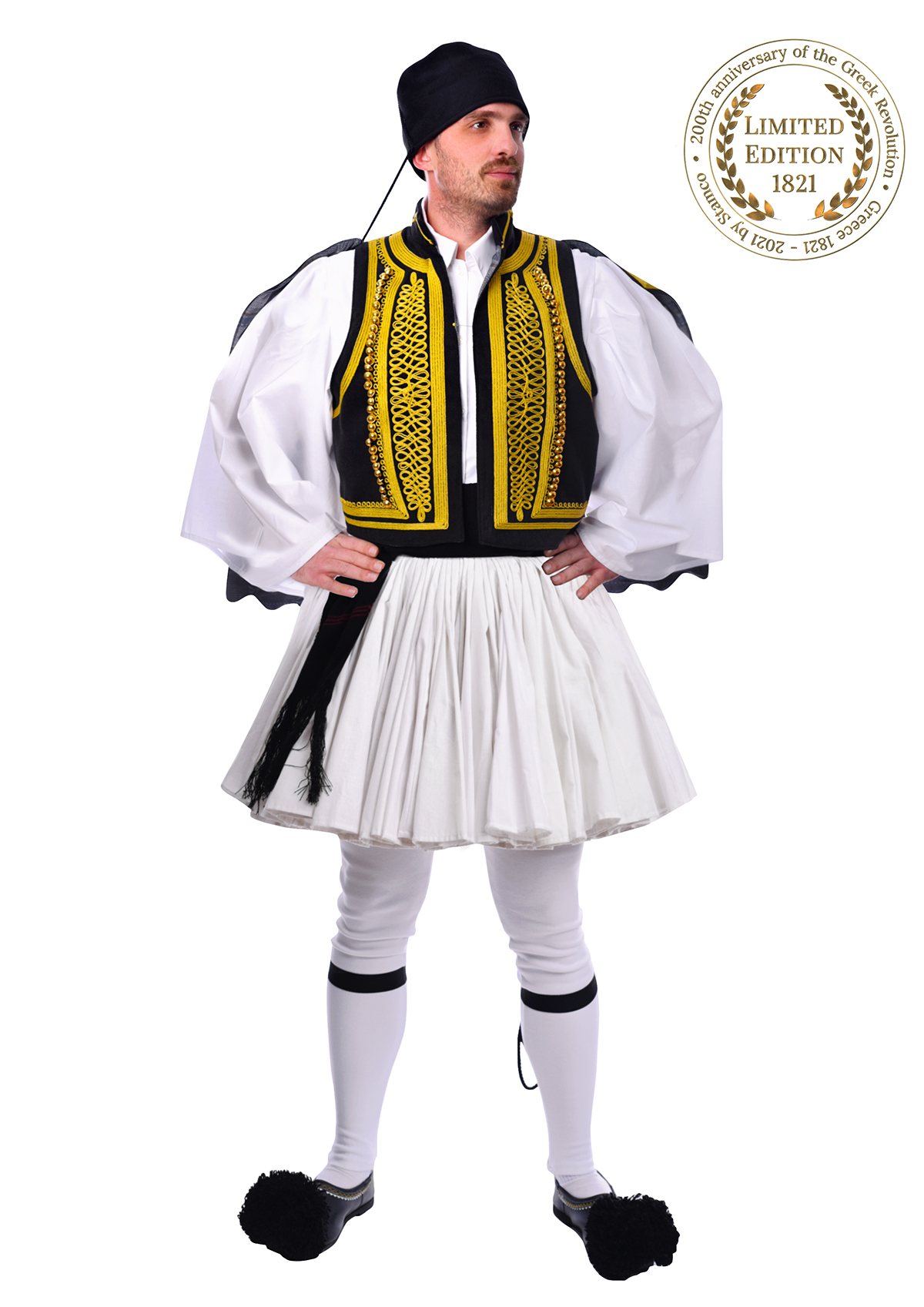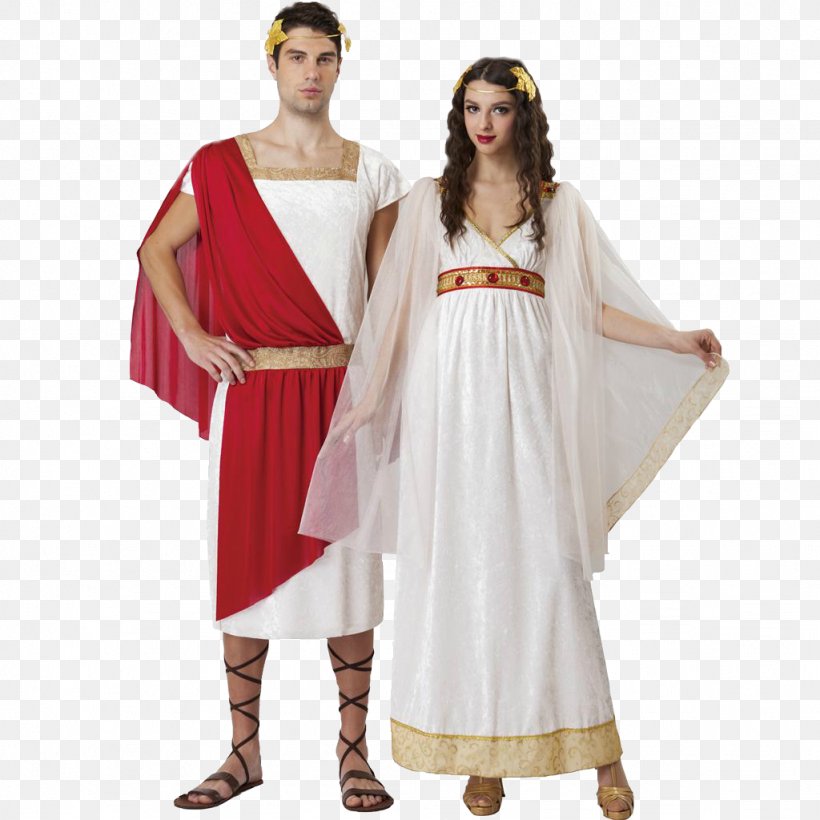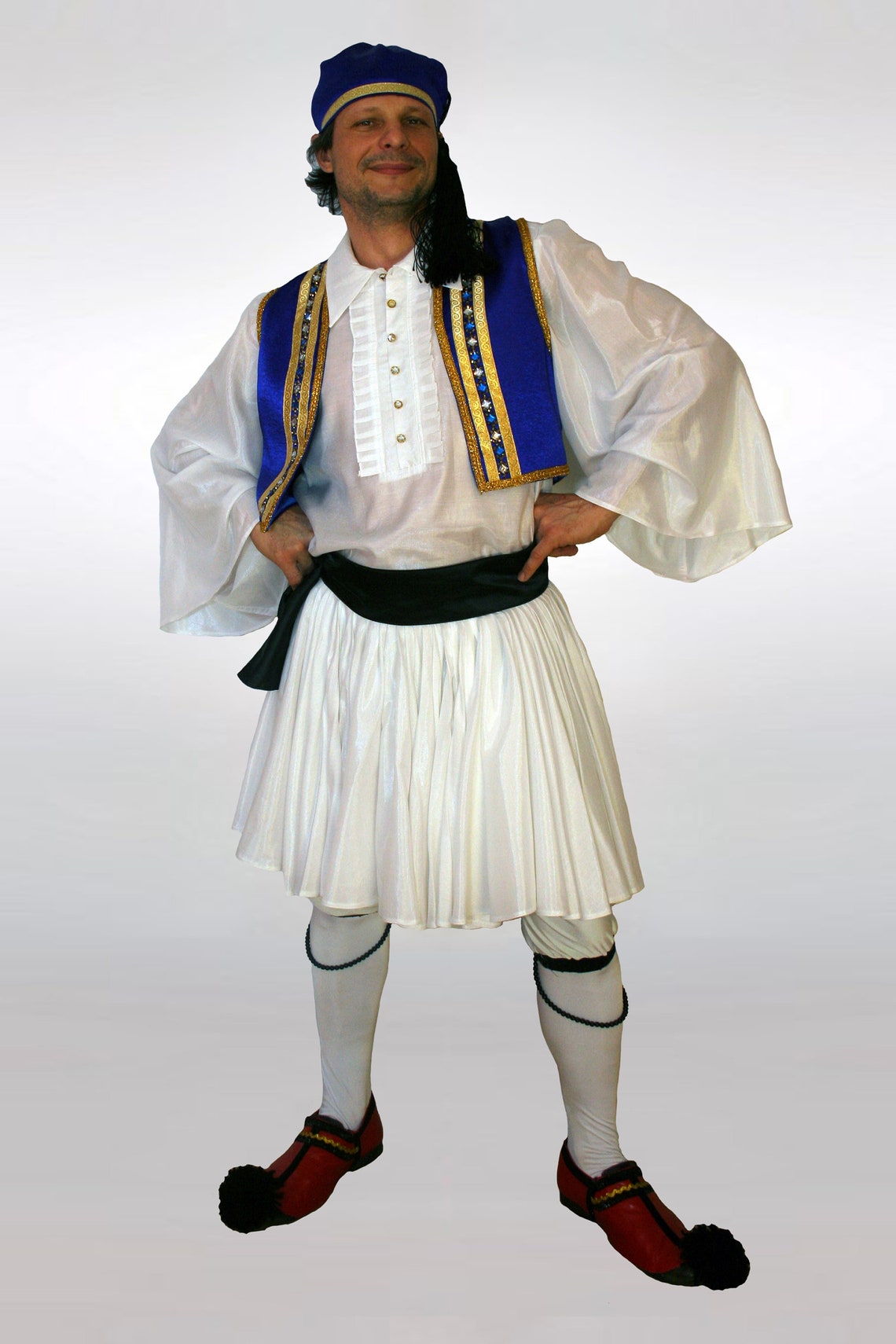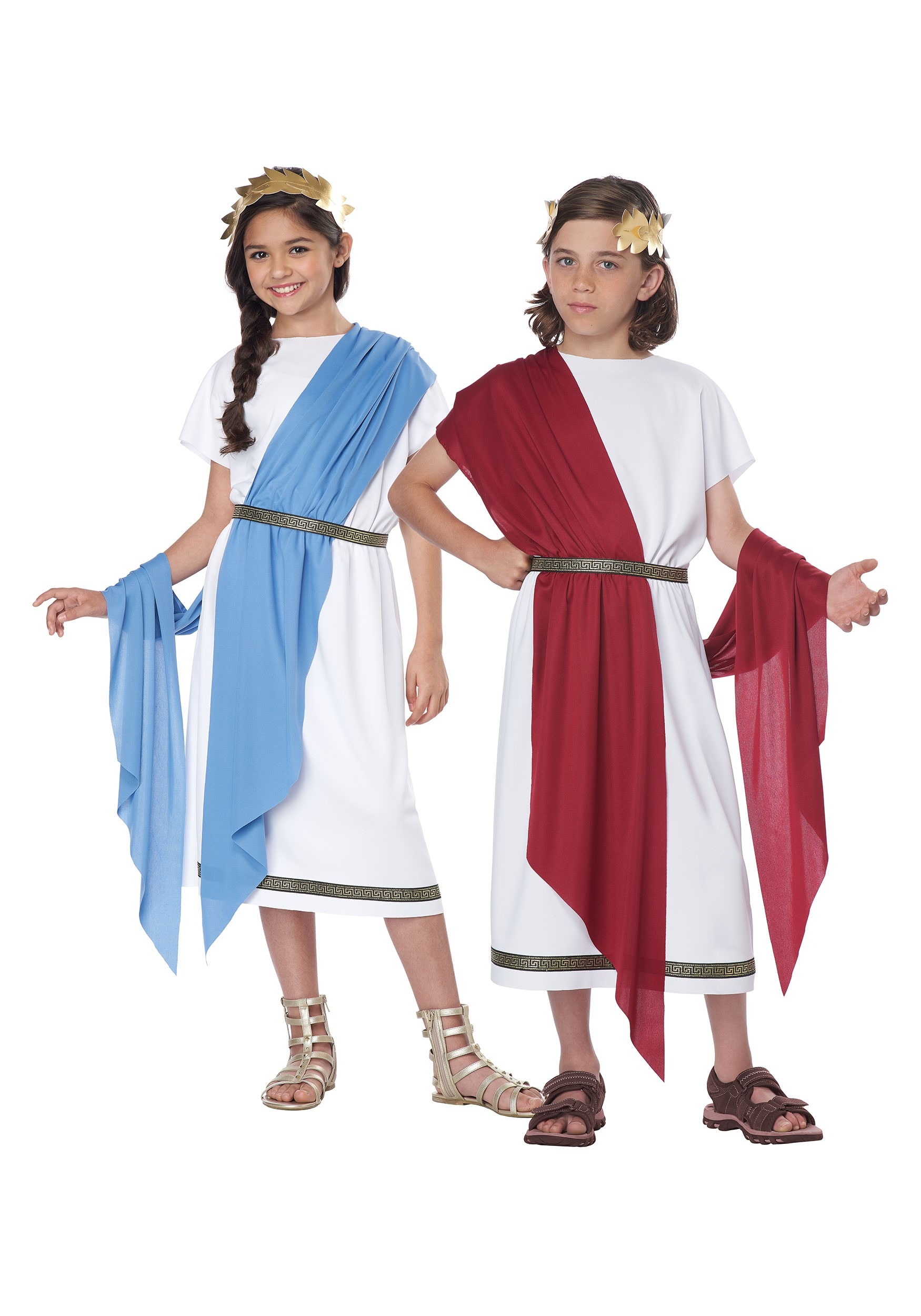
Pin by Katerina Tsitsonis on Greek Traditional Costume Greek traditional dress, Greek costume
The male folk costume in Greece includes the traditional skirt-like garment called "fustanella". It has 400 pleats symbolizing the 400 years, during which Greece was under Ottoman rule. Also, men wear baggy pants called "vraka", a white shirt, a sleeveless coat, a sash, a jacket, and a tasseled cap.

Greece Greek costume, Greek traditional dress, Greek fashion
Macedonian Women Costumes Traditional Kastoria costume with Embroidered Vest. Code: 641328. €449.00. Item has been stored to wish list! Item has been stored to shopping cart! Cyclades & Aegean Men Costumes Greek Traditional Costume of Skyros Island with Embroidery. Code: 642316. €319.00.

Η παραδοσιακή ενδυμασία της Αράχωβας The traditional women's Greek folk costume from the town
[1] Ancient Greek clothing consisted of lengths of linen or wool fabric, which generally was rectangular. Clothes were secured with ornamental clasps or pins ( περόνη, perónē; cf. fibula ), and a belt, sash, or girdle ( zone) might secure the waist. Men's robes went down to their knees, whereas women's went down to their ankles. Byzantine period

Pin by Venus CorlewBubeck on GreeceFolk Costumes, Jewelry & Medals Greek traditional dress
€319.00 Greek Costumes by Stamco. From 1957 until today, with pride and respect to our Greek tradition and culture, we continue to produce Greek Costumes from all regions of Greece. Our Greek costumes are genuine copies of Greek historical costumes, and they are made in the same traditional way. READ MORE GREEK COSTUMES

Greek Traditional Men's Costume Skyros Island
The full suit is called fustanella and it used to be worn by warriors and diplomats so it was declared as the national costume for men. It is usually seen in the mountainous areas of Greece, in the center and south of the country, and derives its name from the pleated white skirt, the fountanella, which is made with a triangular piece of cloth.

Greek Traditional Evzonas GoldBlack Embroidered Costume
This is the costume that Queen Amalia (1836-1862) designed for herself and the ladies of the Court, by combining several elements of Greece's costumes. This particular costume was spread very quickly around rural and urban Greece, to such an extent that we can characterize it a "national costume," as it is still worn in national parades.

Kefalonian Girl Traditional Greek Costume
Greek clothing culture spans millennia of history. It goes back to the days of the ancients, when heroes like Odysseus and Ajax and Menelaus did war with Troy, right through the Archaic period and Hellenistic Greece, to later times when the Byzantines and the Ottomans ruled the roost in this corner of Europe.

Around the world in 20 dances Photo Gallery Greek women, Greek costume, Greek traditional dress
Dating back to Ancient Greece, what people wore and even how they styled their hair communicated vital information about their social and personal status and where they came from. This rich collection offers an intriguing perspective on Greek history, highlighting social and regional differences through clothing and headdresses.

Sterea Hellas Woman Traditional Greek Costume
Traditional Costumes of Greece Foustanella/Tsolias Worn by diplomats and warriors, this costume was declared the national costume for men; it is found in mountainous areas and was worn mainly in the Central and Southern parts of Greece.

Ancient Greece Greek Dress Folk Costume Clothing, PNG, 1024x1024px, Ancient Greece, Ancient
Croatia - Croatian national costume, Lika cap, Sibenik cap. Greece - It's necessary to distinguish between ancient Greece and Greece of the modern era when talking about traditional clothing. In ancient Greece, the chiton and peplos were two of the most common garments for men. They were each rectangular pieces of fabric with holes cut.

Grécia Costume Ethnique, Costumes Around The World, Folk Clothing, Greek Clothing, Greek Culture
The Amalia dress is a Greek traditional folk costume created by Queen Amalia, who ruled as wife of King Otto from 1837 until their expulsion following an uprising in Athens in 1862. The outfit is the result of an attempt to establish a unifying symbol of Greek identity.

Greek men's costume Sirtaki national men's skirt Etsy
Details Category: Greece Published: 05 November 2019 Hits: 25319 Classical Ancient Greek clothing pieces: chiton, peplos, and himation We've actually got some knowledge as to how the Ancient Greeks dressed. We see it in Ancient Greek statues, wall art, and other similar art objects. But it's not enough to fully appreciate their outfits.

Men MARK631 Greek Traditional Costume SARAKATSANOS Teens Spezielle Anlässe Internationale
Traditional Dresses of Greece, made in Greece by Foresia.com . MENU. TRADITIONAL GREEK DRESSES. 1821 Anniversary Fez - Hat; 1821 Anniversary Collection Adults ; 1821 Anniversary Collection Kids; MEN DRESSES; WOMEN DRESSES;. [email protected] ☎ +30 2467 061 318. Home; About us; Order Status;

Traditional costume of Greece. When did Greek men begin to wear skirts? Greek clothing
On the islands, the men's traditional costume starts with a white undergarment and is layered with baggy pants, known as vraka, a white shirt, a sleeveless coat, a sash, a jacket and a tasseled cap. Traditional women's clothing in Greece also varies from region to region, but these outfits also contain similar elements.

all little children have traditional clothes to dress up in, especially on Holidays Kids Around
Find hundreds of traditional costumes from Kastelorizo, Skopelos, Zagori, Epirus, Kastoria, Metsovo, Rhodes, Chios, Tilos, Aetolia-Acarnania and other areas on SearchCulture.gr. No aspect of tradition is more beloved to Greeks than local folk costumes. We see them worn for village celebrations, kept in a trunk as treasured keepsakes or hung in.

Greek woman Traditional outfits
The difference was in the size of the cloth and how it was draped over the body. To add to the confusion, Greek styles were adopted by the Romans. Rome's national costume was the toga, but in the third century b.c.e. Source for information on Garments in Classical Greece: Arts and Humanities Through the Eras dictionary.